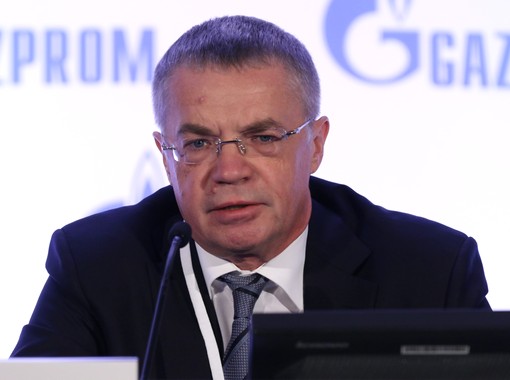
Gazprom has for the first time made public an actual production plan for 2016 in materials for the company’s Investor Day in New York on February 1, 2016. The presentation contained no exact figures, only a historical production chart along with projected production dynamics for 2016 that sees production this year totaling around 480 billion cubic meters (bcm), which would be significantly up from the 418.47 bcm produced in 2015.
Gazprom is budgeting for an average price for gas exports outside the C.I.S. of USD199 per 1,000 cubic meters in 2016, after USD243 in 2015. Under a stress scenario, the 2016 price for gas deliveries will be USD169. Meanwhile, priorities this year will include “optimiz[ing] the portfolio of gas purchases in Central Asia, a focus on competition on the Russian market, and greater flexibility in export contracts.”
Price projections
Gazprom has laid down in its 2016 budget an average price for gas exports outside the C.I.S. of USD199 per 1,000 cubic meters, after USD243 in 2015, according to the presentation.
Under a stress scenario, the 2016 price for gas deliveries will be USD169, the document says.
The budget is based on an oil price at USD50 per barrel and USD35 in the stress scenario after USD52.3 in 2015.
The rouble’s exchange rate to the U.S. dollar for 2016 is forecast at 63.3 roubles and 76.7 roubles under a stress scenario. The average for 2015 was 60.7 roubles per U.S. dollar.
The company sees as favorable factors on the European market “the increased competitiveness of natural gas, as opposed to coal, the decline in gas production in Europe, the failure of shale gas projects in Europe, the emergence of the transportation sector as the new driver of gas demand (including bunkering), as well as the restoration of gas demand in the energy sector and tougher environmental legislation,” the company said.
One of the negative factors is that the “European energy and political regulators insist on the diversification of energy sources, subsidizing renewable energy sources, and developing LNG (liquefied natural gas) reception projects.”
The LNG that the United States is expected to start exporting to Europe in the first quarter will cost Europe more than the gas purchased on the spot market, Gazprom said.
“Overall costs for American LNG in 2016 will be higher than prices at the European hubs. The price includes transportation from the Henry Hub to Lake Charles, Louisiana, liquefaction, marine transportation, and regasification in the U.K.,” the Russian gas giant said in its presentation.
Current prices at Europe’s spot hubs are in the range of USD160 per 1,000 cubic meters.
The first delivery of U.S. LNG from the Sabine Pass plant in Louisiana is expected to be made in mid-March. BG Group has contracted 3.5 million tons of the first train’s annual capacity of 4.5 million tons of LNG.
Production projects
Among the new priorities of the company’s strategy are “the optimization of the portfolio of gas purchases in Central Asia, a focus on competition on the Russian market, as well as greater flexibility in export contracts.”
Gazprom has moved the launch date of the Baltic LNG project from 2020 to 2021, according to the presentation.
The Russian gas giant stated that the Turkish Stream is a project that still remains relevant for Gazprom. It said that in a new configuration, it will have two, not four lines, and its implementation deadlines will be determined after an intergovernmental agreement is signed with Ankara.
As for the biggest new production projects, launch dates were only confirmed for the Power of Siberia pipeline as 2018 and the Kovykta field as 2022.
The launch of the Yuzhno-Kirinskoye field on the Sakhalin Peninsula has been postponed from 2019 until 2021. Earlier, this field was mentioned as a resource base for the Vladivostok LNG plant, but now the project is officially postponed. The production target for the Yuzhno-Kirinskoye gas and condensate field has been raised from 16 billion to 21 billion cubic meters per year.
The production from the Senomanian-Aptian deposits at the Kharasavey field has been postponed from 2019-2022 to 2021-2025. The coming online of Neocom-Jurassic deposits has been pushed back from 2024-2025 to 2024-2027.
The start of production of the Neocom-Jurassic deposits at the Bovanenkovo field has been moved from 2022-2024 to 2023-2026.
The launch of the Kruzenshtern gas and condensate field has been postponed from 2025-2026 to 2025-2029. The commissioning of the Kamennomysskoye-More has been delayed from 2021-2023 to 2023-2028, and the production start date of the Severo-Kamennomysskoye field from 2023-2025 to 2025-2030.
Gazprom is to invest a total of 193 billion roubles in the Eastern Gas Program in 2016, after spending 59.4 billion roubles on its implementation in 2015, according to the presentation.
The figures quoted include 168 billion roubles for building the Power of Siberia gas pipeline to China and fitting out its resource base with supplies from the Chayandinskoye field in Yakutia.
The company is to invest 216.7 billion roubles in fitting out the Bovanenkovo gas field. In 2015, a total of RUR118.4 billion was invested in the development of the Bovanenkovo field, as well as 46 billion roubles in the Ukhta-Torzhok trunkline.
Spending on natural gas underground storage projects will total 80 billion roubles.
Dividends, board
Gazprom expects that its dividend return for 2015 will be about five percent, which is “close to the figures for the leading international oil and gas companies,” the gas giant said.
Commenting on 2015 dividends, the company said that “2015 profits will be affected by the loss on exchange rate differences,” and dividends in dollars will depend on the rouble’s exchange rate.
Gazprom paid a dividend of 7.20 roubles per share for 2014 and 2013. Company’s management announced plans earlier to pay no less for 2015. However, the presentation did not mention the same commitment.
Meanwhile, the number of independent directors on the board of directors of Gazprom might increase to three this year, which will enable the Russian gas giant to meet the listing requirements of Russian exchanges.
The company said that “three candidates nominated to the board of directors in 2016 have the potential status of independent directors confirmed by Russian exchanges.”
“This will make it possible to increase the number of independent directors in accordance with listing requirements,” the company said.
The Gazprom board elected in June 2015 included two independent directors, namely the head of the Atameken Union National Economic Chamber of Kazakhstan Timur Kulibayev and St. Petersburg State University professor Valery Musin, who passed away in December.
The list of candidates for election to Gazprom’s 11-member board at the annual meeting is confirmed by the board at the beginning of February.
Budget tests
Gazprom is testing its budget at oil prices of USD25 and USD20 per barrel, first deputy head of the gas giant’s financial and economic department Igor Shatalov said at the meeting with investors in New York.
He said that Gazprom had budgeted for USD50 oil in 2015, which was “lower than most forecasts by analysts,” but had then come up with a stress scenario of USD35 a barrel, which enabled it to prepare for the current pricing situation.
“Now we are working on an analysis at USD25 and USD20 a barrel,” Shatalov said.
Shatalov said during the presentation that Gazprom had budgeted for an average price of USD199 per thousand cubic meters when supplying gas to non-C.I.S. countries in 2016, down from USD243 in 2015. Separately, there is a stress scenario for USD169 in 2016.
The 2016 budget puts the rouble’s average exchange rate at 63.3 roubles per dollar and 76.7 roubles in the stress scenario. The exchange rate averaged out to 60.7 roubles to a dollar for 2015.
Exports
Gazprom boosted exports to non-C.I.S. countries, namely Western Europe and Turkey, by 36 percent year-on-year in January 2016 to 15.1 billion cubic meters.
“The key consumers of Russian gas demonstrated the biggest growth: exports to Germany rose 50.9 percent; exports to Britain increased 185.7 percent; supplies to Italy went up 16.1 percent; and deliveries to Poland surged 67.2 percent,” Gazprom’s press office said, quoting CEO Alexey Miller.
Turkey purchased “over 27 billion cubic meters” of gas from Gazprom in 2015, compared with 27.33 bcm in 2014, and deliveries in January 2016 rose 3.4 percent year-on-year, Miller said.
“Demand for Russian gas is growing stably in key markets, including Turkey. According to our operational statistics, Gazprom’s supplies to that country increased 3.4 percent in January 2016, compared with the same period of the previous year to 2.82 bcm. It must be particularly noted that Turkey is the second biggest importer of Russian gas. In 2015, according to provisional data, over 27 bcm was supplied to Turkey,” Miller said.
The state has an interest in preserving the integrity of the Gazprom group, especially in the present crisis period, Oleg Aksyutin, the head of the Russian gas giant’s strategic planning department, said.
“We’re confident that established approaches to Russia’s gas exports have proved to be effective and will be preserved in the future,” he said.
Gazprom is suggesting that the status of a guaranteed supplier be conferred upon it in the context of fulfilling the functions of a supplier of last resort for seasonal irregularities, Aksyutin said.
Power of Siberia
Elsewhere, Gazprom is continuing to optimize and adjust its Power of Siberia pipeline project, Aksyutin said.
“The project is already being carried out. The design and the technical solutions are constantly being adjusted for some aspects of the project. Certain approaches are being optimized,” he said.
In light of these developments, Aksyutin declined to estimate the project’s budget in dollars.
“We work in the rouble zone and the rouble zone is our main point of reference, and, as you have noticed, it was in roubles that figures in the investment program in the presentation today were provided,” he said.
Gazprom built the first 45 kilometers – more than the planned 42 kilometers – of the Power of Siberia pipeline last year, he said.
In March 2015, Gazprom awarded a contract without a tender to Stroytransgaz, co-owned by Gennady Timchenko, to build a 208-kilometer-long section of the pipeline from Chayanda to Lensk for 46.5 billion roubles. In December, it entered into a contract worth 197.638 billion roubles without a tender with Arkady Rotenberg’s Stroygazmontazh, possibly to build the section stretching from the 1,029.8-kilometer marker to the 2,176-kilometer marker.
A tender for the rights to build the section from the 208-kilometer mark to the 1,029.8-kilometer mark for 156 billion roubles on a turnkey basis was canceled at the end of last year.
Iranian projects
Gazprom is not ruling out its participation in a number of export projects in Iran, Gazprom’s deputy CEO Alexander Medvedev said.
“We’re not ruling out our participation in a number of export-oriented projects in Iran,” he said.
“The lifting of sanctions from Iran cannot fail to influence the whole global oil and gas market picture. But one must differentiate the oil and gas markets. In our view, the priority for Iran will be to meet its domestic demand above all, and especially in its territorial aspect. It’s no secret there’s a considerable gas shortage in the northern regions of Iran. It’s no coincidence that the use of a Russian product to meet Iran’s needs was discussed fairly concretely at our meetings,” Medvedev said.
“As for Iran’s export opportunities, they of course exist both in the liquefied and the pipeline forms. But the purpose of that gas is an open question. As far as Iran or any other country is concerned, we are not afraid of competition. Our reserves, our costs, and our export infrastructure make us confident that our share of the world gas market will not decline,” he said.
“Publications that LNG exports from Iran will begin in two years cannot be taken seriously. We know how long it takes to implement projects,” Medvedev said.
Asked about the possibility of Iran’s increasing gas exports to Turkey, he said that Iran had a contract with Turkey despite sanctions. “And here sanctions do not matter in terms of increasing volumes on this contract,” Medvedev said.
He recalled that Turkey needs additional gas. “Where Turkey gets this gas from depends on many circumstances. Therefore, let’s wait,” Medvedev said.
Aksyutin said that in order for Iran to export gas to Europe, a gas pipeline needs to be built from the north of the country to the south, which will require a “huge amount of work,” “substantial expenditures,” and time.
“One shouldn’t forget that the share of gas in Iran’s energy balance is about 60 percent. And the fact that Iran must meet domestic gas needs, which genuinely exist,” Aksyutin said.
European power plants
Gas is again successfully competing with coal in European power generation, Medvedev said.
He recalled that European gas consumption has fallen by almost 50 billion cubic meters in the past decade due to competition from coal. “After a few years, natural gas pushed out by coal is again returning to the power generation sector,” Medvedev said.
He said that gas consumption in Europe’s electric power sector grew by 15 percent in the first nine months of 2015.
In the U.K., the threshold price at which it is lucrative to switch from coal to gas is USD190 per 1,000 cubic meters, he said. Gas is currently trading at about USD160 on the U.K. NBP (National Balancing Point).
Gazprom supplied 31 percent of Europe’s gas in 2015, compared to 30 percent in 2014. “We did not only maintain our share, but also increased it. 31 percent is the highest level in the past decade,” Medvedev said.
He also expressed the hope that “oil prices will begin to recover gradually in the foreseeable future.”
Baltic LNG
Elsewhere, a small-capacity facility might be added to the large-capacity Baltic LNG plant that Gazprom plans to build in Ust-Luga, Medvedev said.
“As part of the Baltic LNG project, we are considering the possibility of building a mini liquefaction plant in addition to the big plant,” Medvedev said.
He recalled that Gazprombank is building a small LNG plant in Vysotsk and that Gazprom is thinking about building a small LNG plant on the Black Sea.
Gazprom said it has amended the March 5, 2014 supplementary agreement with Gazprombank concerning the implementation of LNG production projects on the Baltic Sea coast and near Vladivostok.
The amendments, which were approved at a meeting of Gazprom’s board of directors on January 29, “delete the provision on Gazprombank’s participation in the companies created to implement the projects to facilitate LNG production of up to 10 million tons a year on the Baltic Sea coast and up to 10 million tons a year in the vicinity of Vladivostok.”
In addition, the revised supplementary agreement includes changes “to the bank’s sphere of responsibility” and adds “provisions defining its framework nature.”
The original agreement provided that Gazprombank would receive stakes of just under 50 percent in the design companies Gazprom LNG St. Petersburg LLC and Gazprom LNG Vladivostok LLC and “facilitate talks with international and Russian financial institutions concerning raising shareholder and outside financing for the project’s companies.”
Since it was signed, the parties to the agreement have not announced any progress in implementing its provisions.
Vladivostok LNG has been officially deferred and dropped from the gas giant’s list of projects in development. The Baltic LNG project has been postponed twice since the agreement’s signing, from 2019 to 2020 and then to 2021, although it remains an active project in Gazprom planning.
Gazprom’s CEO Alexey Miller told journalists in September 2015, “At the Far East economic forum, talks were held with the president of Shell Mr. Ben Van Beurden. We reached an agreement to enter into commercial negotiations on Baltic LNG.”
However, Gazprom’s strategist Oleg Aksyutin acknowledged on February 1, 2016 that talks with the partners are yet to start. “At present, Gazprom is working to formulate a business model for the Baltic LNG project with capacity for 10 million tons. Negotiations with the potential partners in this project are expected to begin in the near future,” he said.


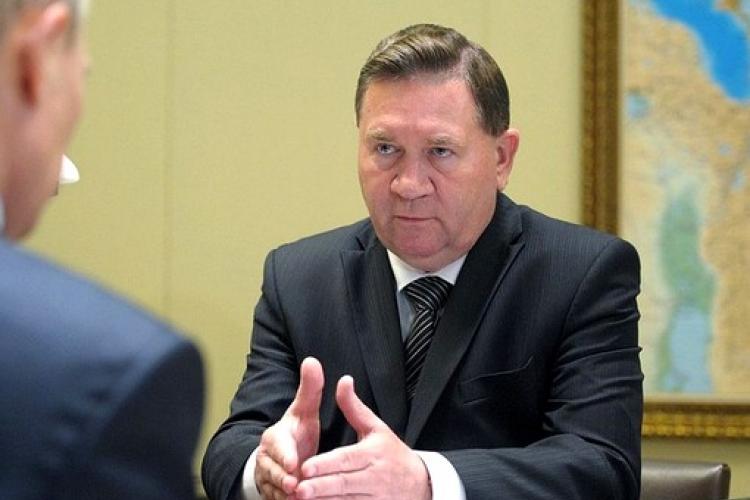
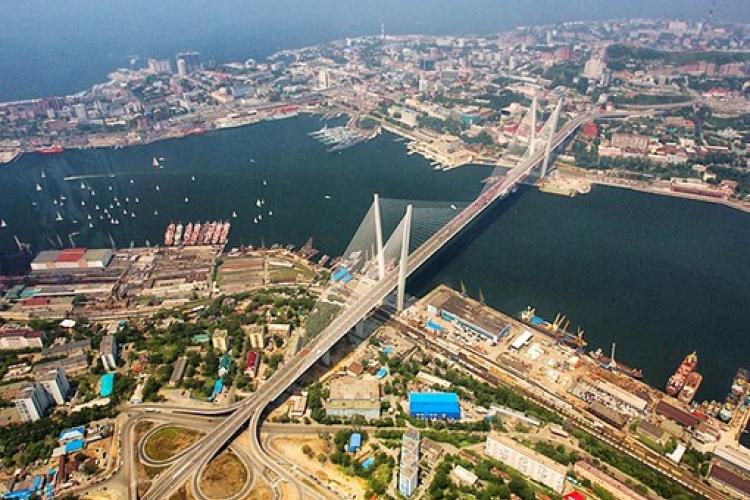
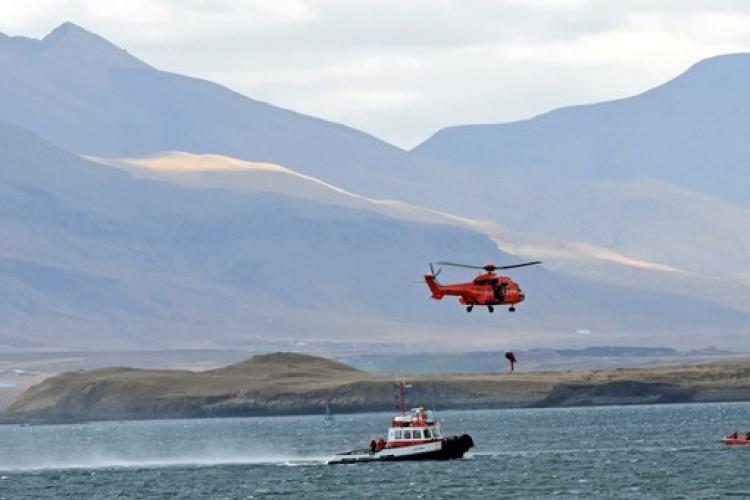
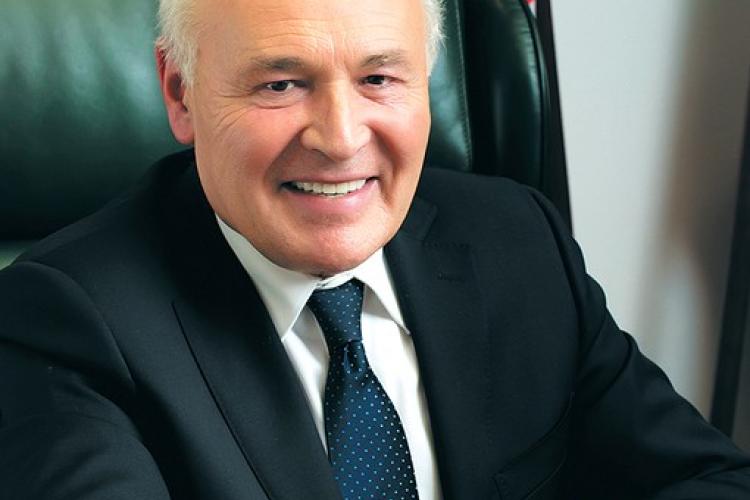
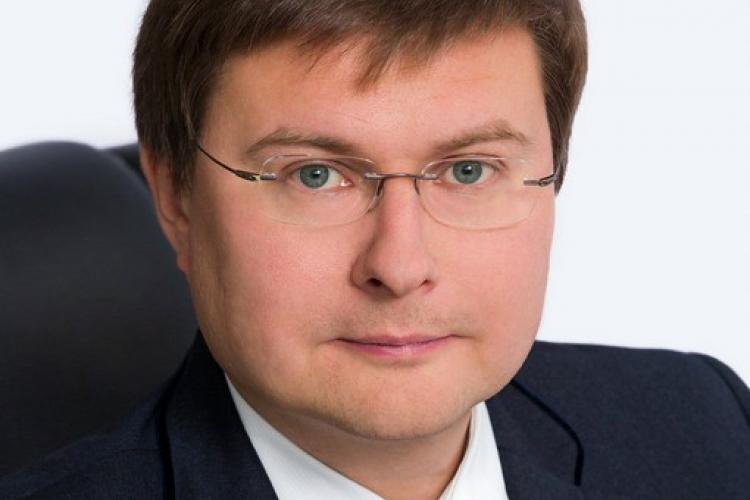


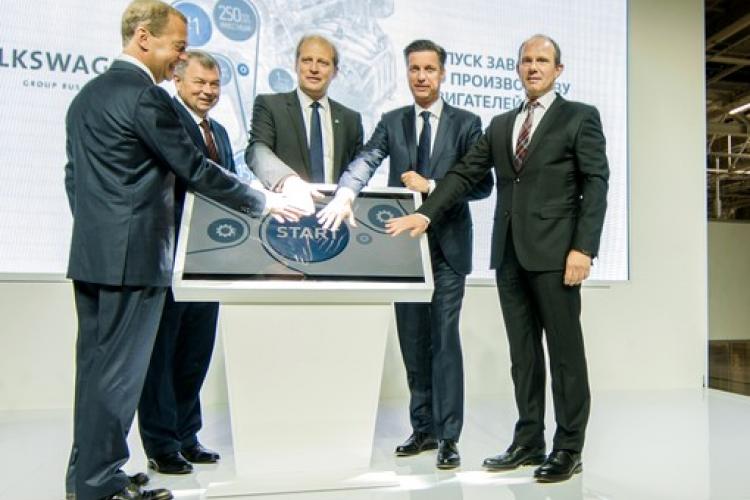
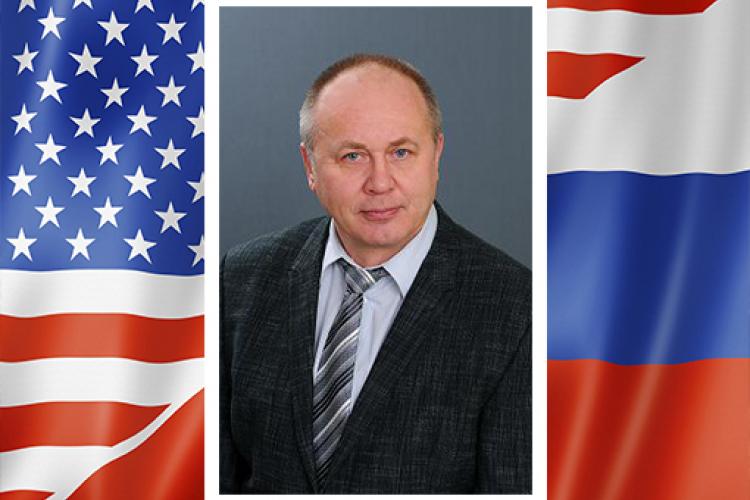

Leave a comment